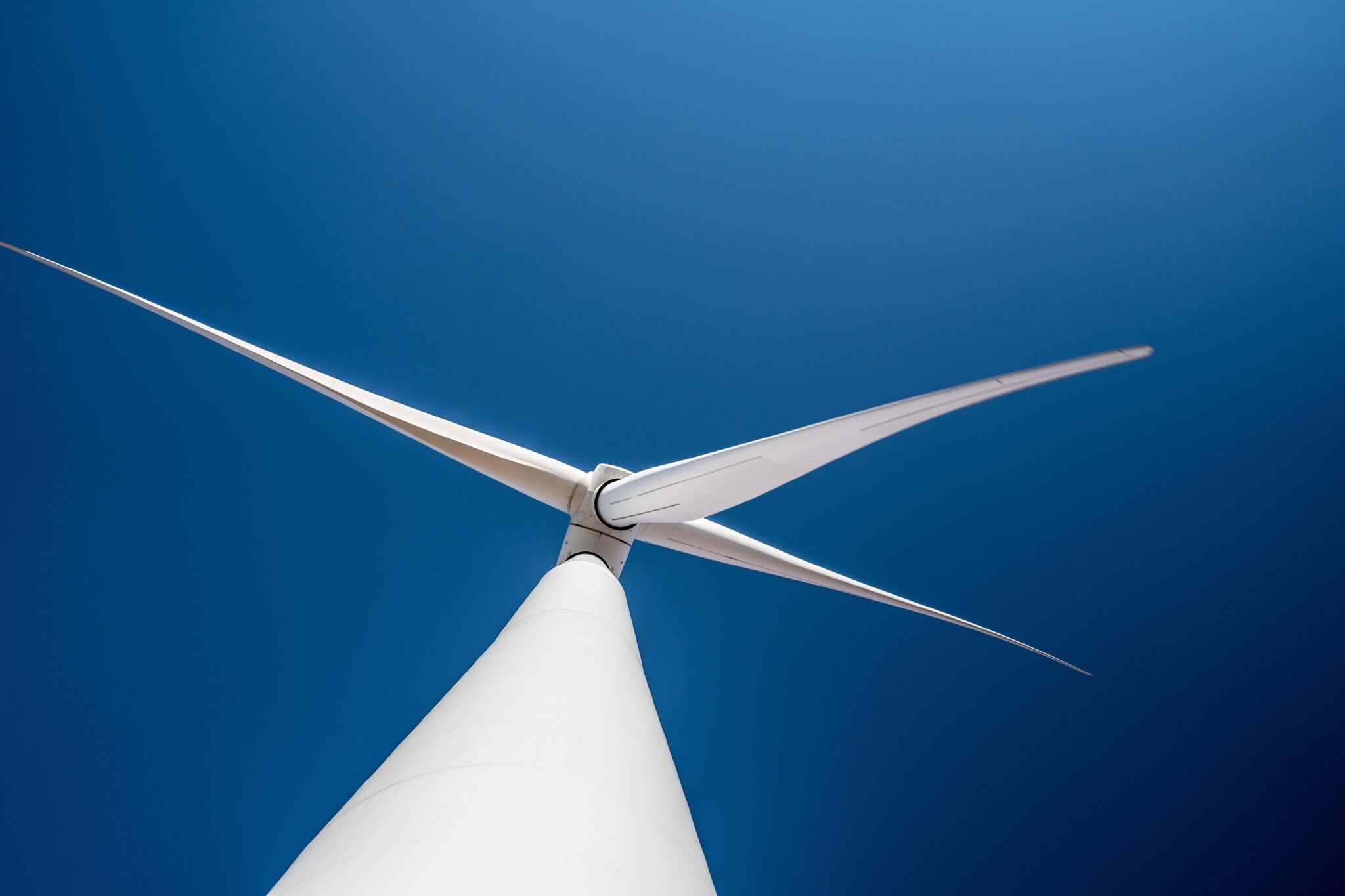Is there a limit to where you can place a turbine, and does it even need its feet on the ground? Plus four other renewable energy ideas nudging the envelope of innovation.
In January this year, China officially opened the world’s highest ultra-high-altitude wind farm – 25 turbines across 140,000 square metres, 4,600 metres up in the Xizang Autonomous Region. The farm has a capacity of 100 megawatts and should eventually serve the energy needs of more than 200,000 residents in nearby Nagqu City. However, the project must overcome both the challenge of low yield from the thin atmosphere and increased erosion from the arduous conditions. How it fares will shape the future of other such schemes across China’s lofty territories, and could revolutionise energy deliveries in its remoter regions. (As of 2023, China was reportedly five years ahead of its ambitious target to hit 1,200 gigawatts of green energy by 2030.)
But in another twist on ‘high altitude energy’ China also demonstrated an umbrella ladder of linked, parachute-like kites designed to capture the powerful winds further up in the atmosphere. The kites are first lifted to 500 metres by a helium balloon, then use the wind to open fully. The China Energy Engineering Group claimed a 2×2.4 megawatt installed capacity, drawing on the power of wind between 500 and 3,000 metres.
The concept of harnessing the powerful winds within the jetstream has seen many proposals over the past decade… plus shifting enthusiasms. From modest kites that generate energy from being pulled into the sky then reeled back in, to floating ‘motherships’ carrying high altitude turbines.
Ten years ago, high altitude or ‘airborne’ wind was being hailed as a coming renewable energy source, with one Stanford University study estimating that the amount of energy available in the jetstream was 100 times that of our civilisation’s needs. The potential is enormous.
But despite excitement for the idea’s vast energy promise – even Google had a go by supporting the Makani airborne wind project, until concluding it in 2020 – the hurdles have proved consistently stubborn. How to forge a retaining cable strong enough to hold the kites, but not so bulky as to make recovering the energy too cumbersome, is just one of them.
So where else in renewable energy is a clever idea bumping heads with harsh reality, or at least getting through to trial stage? Here’s four.
- The solar updraft tower is a concept that draws on one of man’s earliest and perhaps least celebrated inventions. The humble chimney. Placed in the desert, a large greenhouse-type construction built around a tall chimney would use the sun’s heat to warm the air trapped beneath, causing it to rise up the chimney. Get the temperatures and the airflow right, and the updraft should be powerful enough to drive a turbine at the top of the stack. The concept has been successfully proved in prototypes, but is still fighting to find large scale endorsement. Initial constructions costs can be high, and power conversion rates low. Which is a shame as it could have the advantage of providing a low maintenance solution for remote regions, using relatively simple materials.
- Covering canals with solar panels. A simple idea, meeting more success and now being explored in California. Roofing water distribution canals with solar panels not only generates electricity but reduces evaporation. A University of California study showed that covering all 4,000 miles of the state’s canals (no small task) would save 65 billion gallons of water and year, and make the panels more efficient by keeping them cooler.
- Blowhole generators. Wavepower is not new, but this is a twist that promises simpler construction and the ability to have small, easily produced units serving coastal communities. Rather than directly harnessing the motion of waves to produce power, blowhole generators use the moving water to force air up and down inside a concrete column, driving a turbine. Simpler to build, fewer moving parts, and has been successfully trialled in the shallow waters of Australia’s King Island, supplying electricity for local residents.
- Finally, your own personal nuclear power. Well, not just yet, but this is a shout out to Swedish inventor Richard Handl who became famous (or perhaps infamous) for trying to build a miniature nuclear reactor in his kitchen. He’d assembled small amounts of tritium, beryllium, uranium, and others from a number of sources (his radium was from scraping the luminous hands of clocks and watches), and cooked them up on his stove. Following a setback (a… ahem… minor explosion) he dutifully decided that he best contact the local authorities to ask if his activities were entirely legal. Not surprisingly, they said no. Handl was ultimately fined for violating the Radiation Safety Act. But you have to admire his creativity. Especially as he sourced most of the materials from eBay.
